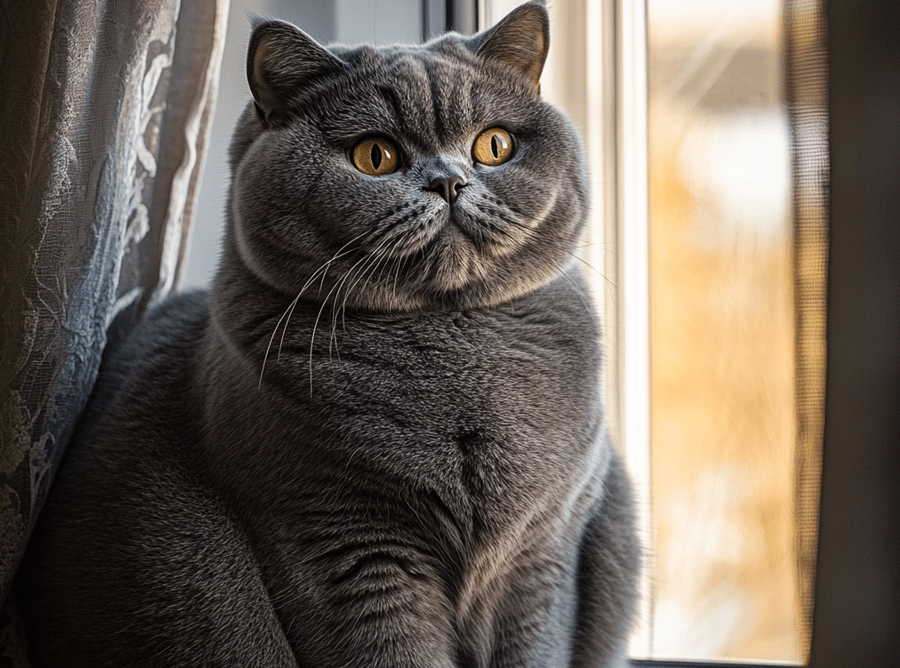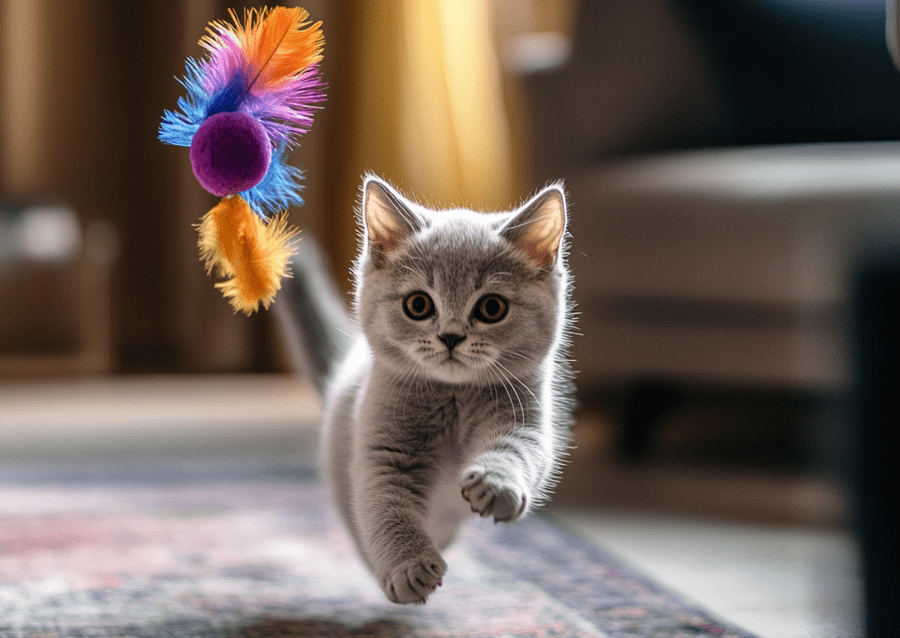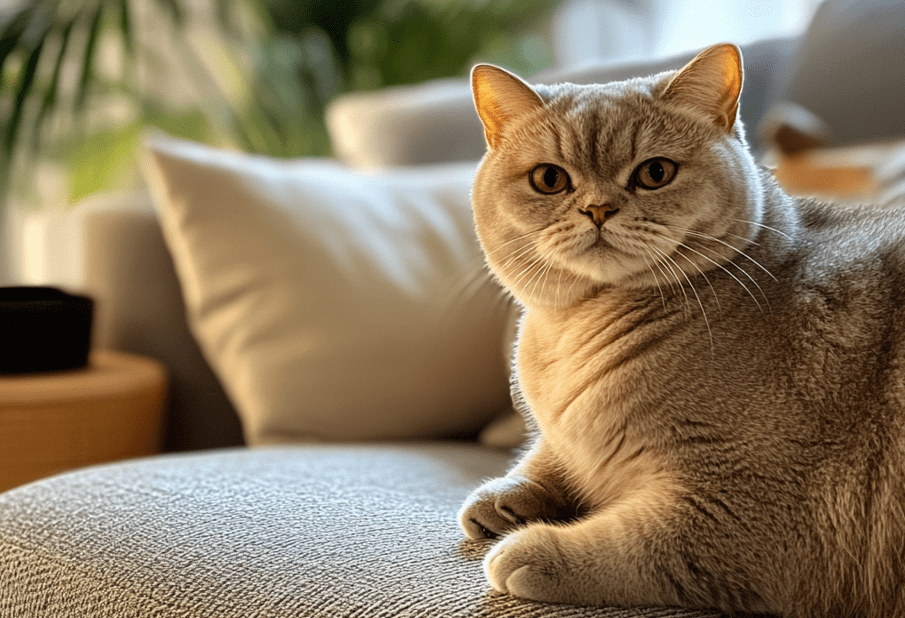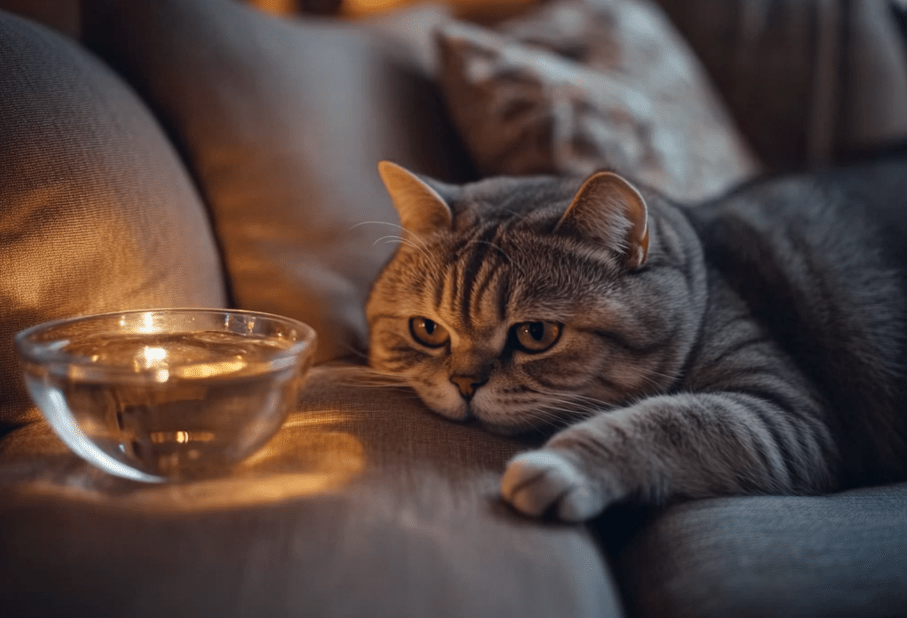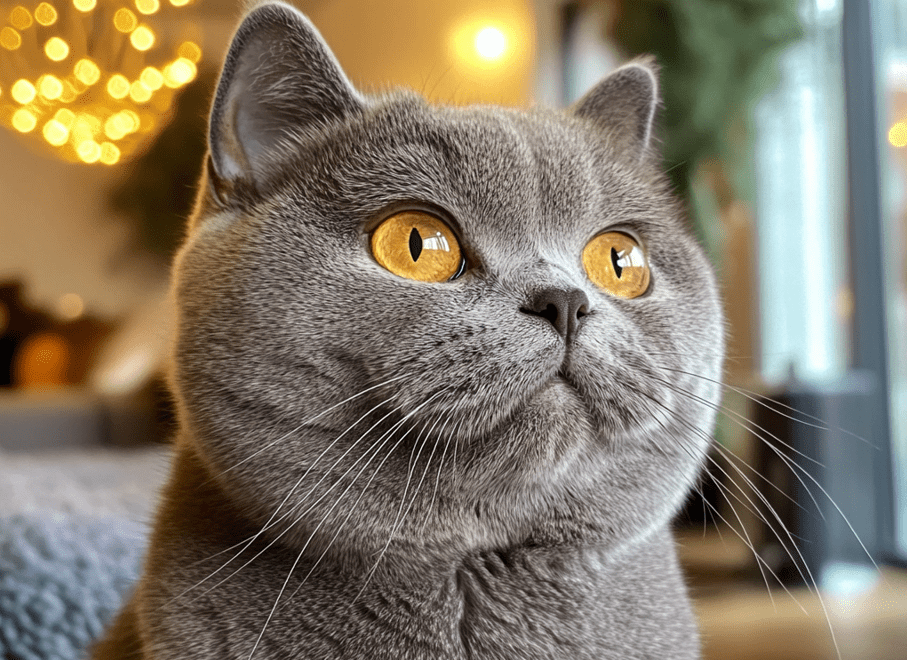
The British Shorthair cats’ round face and eyes give them an innocent appearance. This beautiful breed has quite a complex temperament, and they are not as simple as their deer-like eyes might suggest. These cats make wonderful pets for families, but they need plenty of play and activities to avoid getting irritated. They are an independent-minded and fun-loving breed. For families who have limited or no outdoor access, British Shorthairs can stay indoors. However, owners must arrange games and various activities to prevent their boredom. In the case of British Shorthair Cat training, force should not be used; rather, they should be taught through understanding and communication.
These cats are very intelligent and enthusiastic by nature. For this reason, they are ideal for training and can learn various fun tricks.
Training Methods and Play
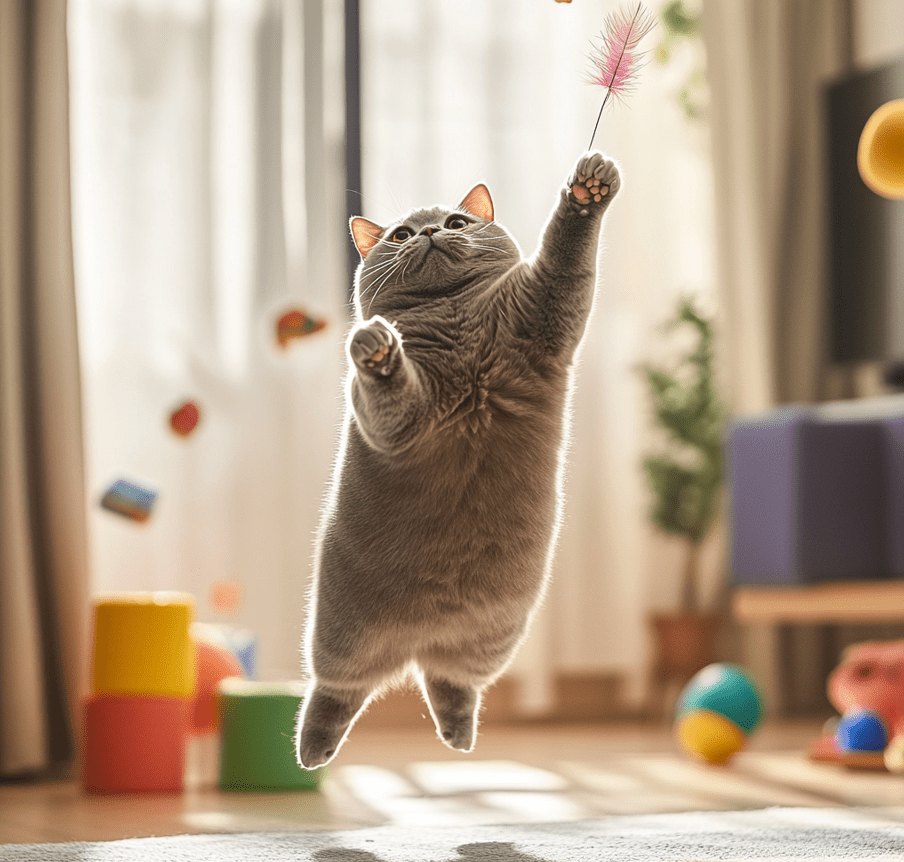
Although British Shorthair cats are calm and independent, they are intelligent and can learn new things – but in their own way. Clicker training and food-based training are effective for these cats – however, excessive treats should be avoided as this can lead to unhealthy weight gain. This playful breed enjoys various types of toys – so different toys should be kept and rotated regularly to keep them occupied.
Due to their hunting instinct, toys that mimic prey are very suitable for them. They enjoy running and jumping, so toys that provide jumping opportunities can help build a good relationship with them. They also enjoy playing with lasers, but they should be given something tangible to catch at the end of play so they don’t get frustrated.
Litter Box Training and Setup
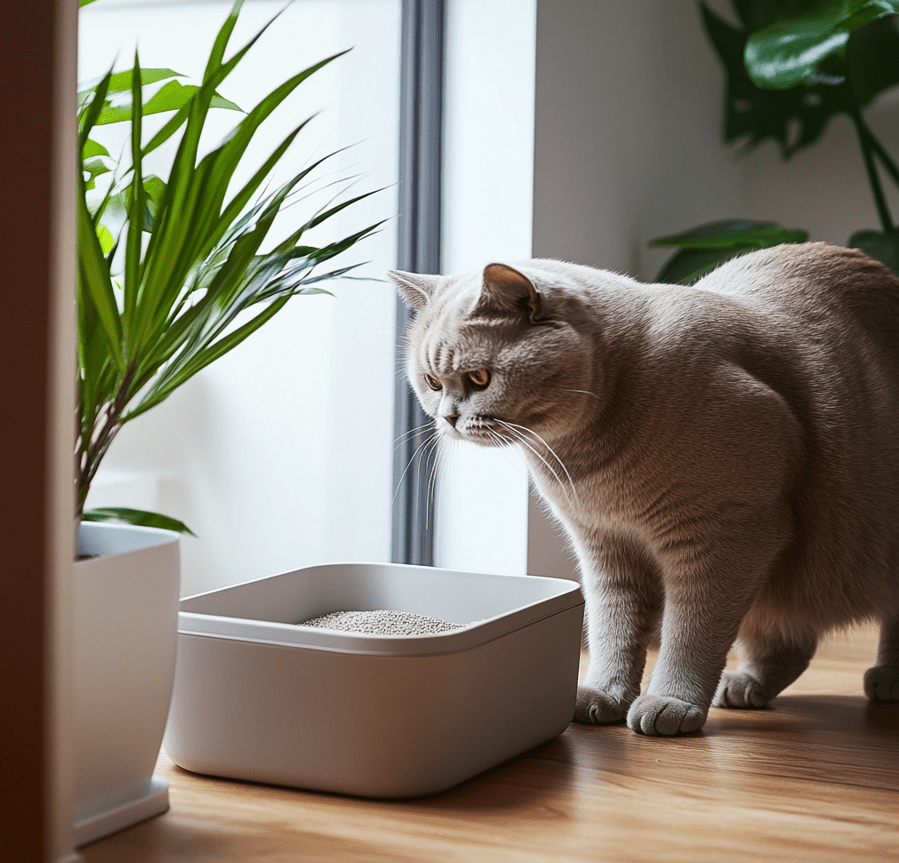
During litter training, some common problems may arise, such as the cat refusing to use the litter box, urinating or defecating outside the box, or creating mess around the box. Solving these problems requires patience and a step-by-step approach. The root cause of the problem must be identified – whether it’s discomfort or anxiety. Various solutions can be tried, such as keeping multiple litter boxes or changing the type of litter.
Fortunately, most cats naturally prefer to use litter boxes, including British Shorthairs. However, some basic preparations are essential:
First, choose a quiet, low-traffic area for the litter box. Second, experiment with different types of litter to find your cat’s preference – many cats prefer unscented clumping litter. Third, clean the box daily and wash it thoroughly once a week – a clean litter box means a happy cat and a less smelly house. Finally, if you have a kitten, encourage proper litter box use with treats or praise, but don’t make it unnatural.
Litter Box Maintenance and Troubleshooting
Litter training requires patience and experimentation. Some cats learn quickly, while others may need specific types of litter or boxes. Regular cleaning is essential to prevent odors and bacteria. With patient training, you’ll create a clean environment for both your British Shorthair and yourself.
Maintaining good habits after training is important. Clean at least once daily and completely change the litter weekly. Make sure the box is large enough for your cat. Pay attention to your cat’s behavior and preferences – identify which type of litter or location they prefer.
If you have multiple cats, keep separate boxes for each cat plus one extra box. Litter attractants can make the process easier. Encourage proper use with treats or affection.
If your cat still doesn’t use the litter box after several weeks, consult a veterinarian. This could be due to urinary tract infections or other health issues. Treating medical problems will help provide your cat with a comfortable environment.
Teaching Commands and Behavior Modification
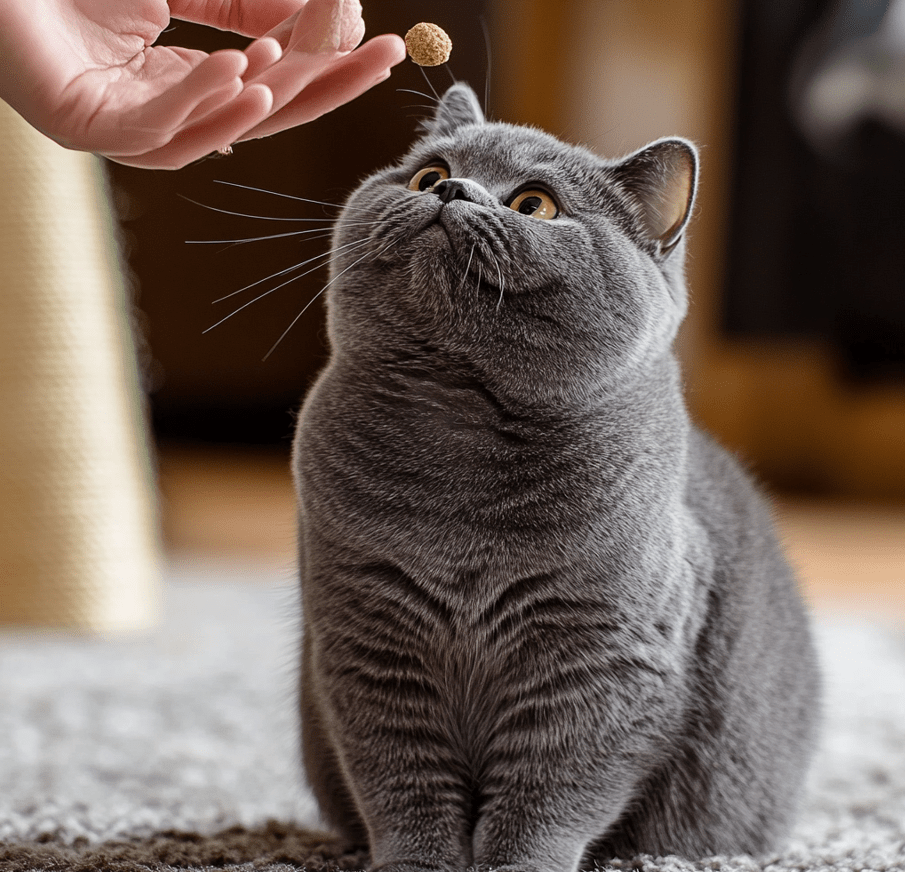
British Shorthair cats can be taught some basic commands like “sit,” “stay,” or “high five.” Although it may sound unbelievable, it’s true.
When training a cat, food treats are the most effective method. Using a clicker device along with treats helps the cat understand the connection between the sound and reward. Whenever they perform the desired behavior, immediately click and give them a treat.
To teach “sit,” hold a treat above the cat’s head and move it backward. Naturally, they will look up and sit down. Reward them immediately. Training sessions should not exceed 5-10 minutes, as cats cannot maintain attention for longer periods.
Scratching is a natural cat behavior. Instead of stopping it, teach them to do it in the right place. Keep scratching posts at home, especially in areas where the cat spends more time. Use anti-scratch tape or spray to prevent furniture scratching. Rubbing catnip on scratching posts will encourage more use.
Always reward your cat for good behavior. However, remember that cats aren’t perfect. Keep food and toys away from counters, use aluminum foil if necessary. Use toys instead of hands during play. Stop playing if the cat becomes too aggressive.
Fun Tricks and Training Activities
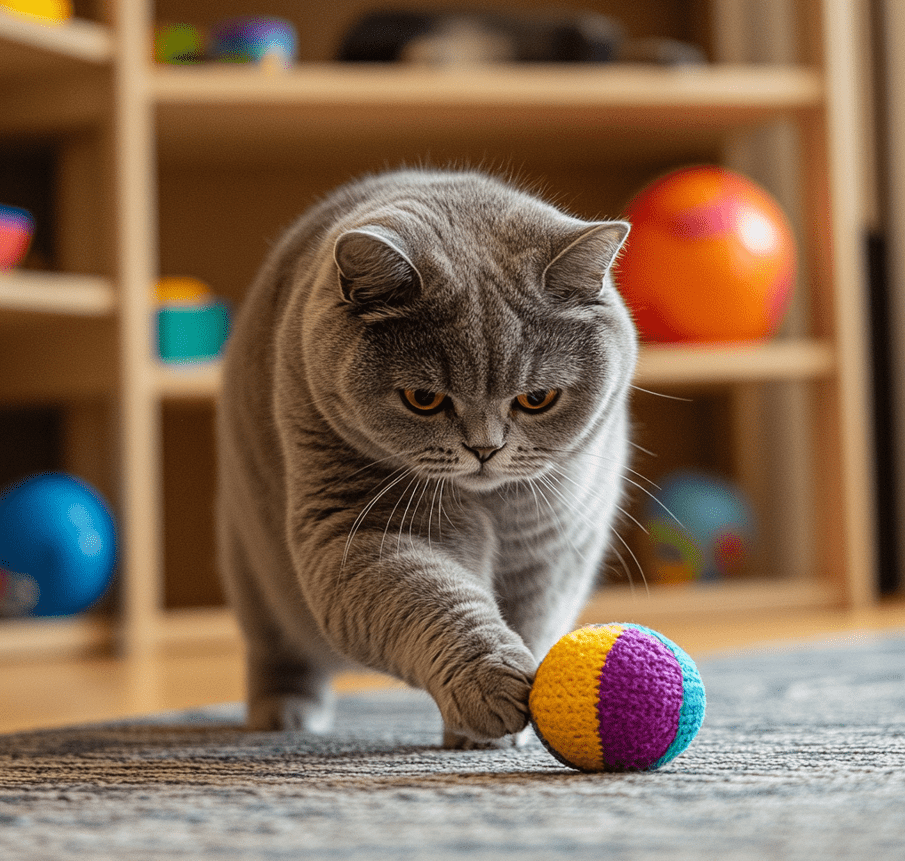
The most important aspect of cat training is patience. We must remember that cats are not like dogs; they will learn at their own pace. However, if there are incentives for them, they can learn more quickly.
Training is not just about discipline; it can also be fun. Some fun tricks for British Shorthair cats include – holding a treat above their paw and waiting for them to reach up, then immediately rewarding them. Encouraging them to fetch by throwing a small toy. Not all cats will do this, but some British Shorthairs might surprise you.
When giving food or treats, regularly calling their name will help them associate it with good things. Training your British Shorthair is actually a bonding process. Through patience, treats, and a bit of fun, you’ll have a well-behaved and happy cat.
Remember, cats always consider themselves in charge, or at least they let you think so. In the next post, we’ll see how to entertain your British Shorthair with toys that match their dignified yet playful nature. Stay tuned!
Training Tips and Final Thoughts
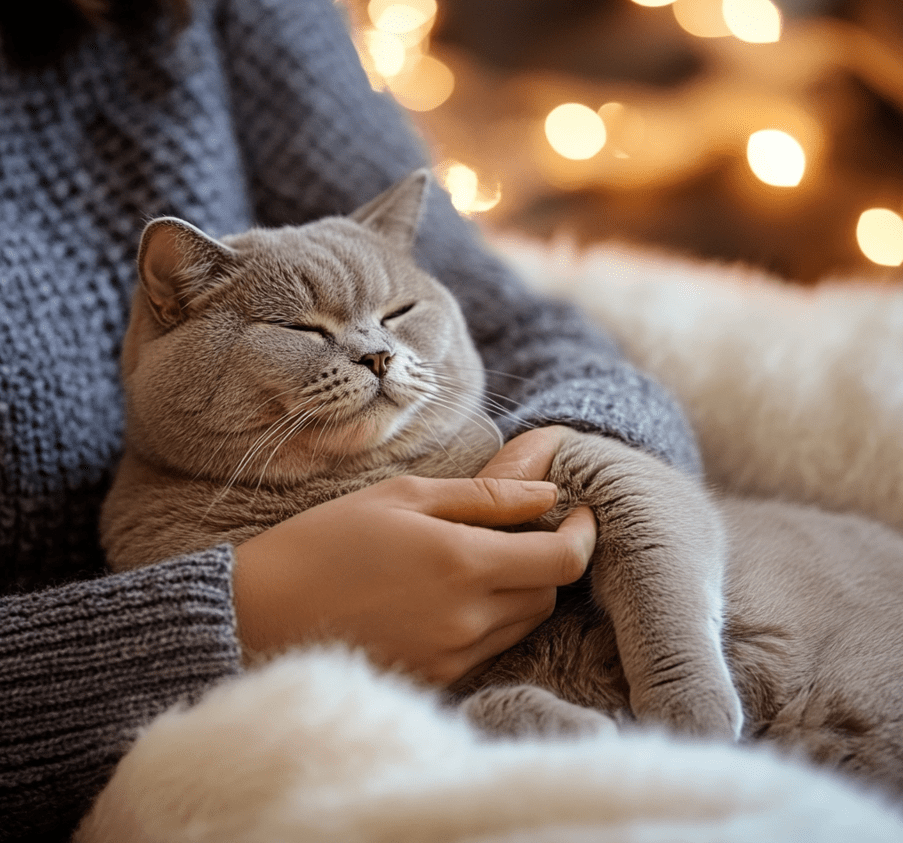
Training British Shorthair cats is a fun task, but it requires regular practice and patience. These cats prefer following routines and love discipline.
Having clear rules for them is essential. For example – setting specific times for feeding or playtime. The same rules need to be followed repeatedly until they fully learn them.
Patience is very important in their training. They learn a bit slower compared to other cat breeds. Therefore, they should be taught slowly without pressure, otherwise they might become frightened or stubborn.
Remember, they may not respond the same way every day. Some days they’ll be very enthusiastic, other days they might show no interest at all. At such times, forcing them isn’t right. Instead, it’s better to take a break and start again later.
Each British Shorthair has their own personality. Understanding their likes and dislikes and training them accordingly is very important.
Finally, training a British Shorthair will be very enjoyable if you approach it with a calm mind and patience. This way, you’ll also develop a beautiful relationship between you and your cat.

